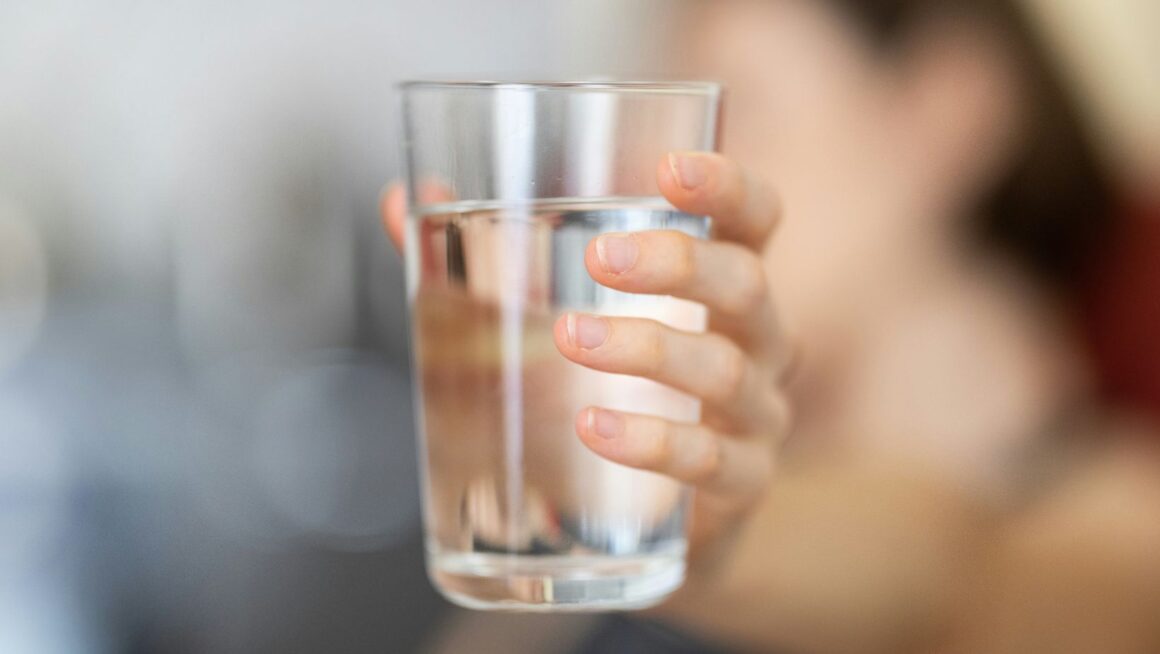Water, the elixir of life, is essential for our survival. However, not all water is created equal. In the United States, where water is often taken for granted, there exists a critical need for awareness regarding water quality.
From pollutants to contaminants, understanding what flows from our taps is paramount to safeguarding public health and the environment.
In this article, we delve into the reasons why every American should be aware of the water they drink.
Table of Contents
ToggleHealth Concerns
The water we consume has a profound impact on our well-being, directly influencing our health. Dangerous contaminants such as lead, arsenic, nitrates, and pesticides lurk within our water sources, posing significant risks to human health.
Lead, particularly hazardous to children’s neurological and developmental systems, can cause irreversible damage.
In Buffalo, New York, a city boasting the oldest urban housing stock in the nation, the aging infrastructure exacerbates this issue. A staggering 64 percent of houses in Buffalo, New York, are over 80 years old. The pipes delivering water to these residences often match this age, contributing to lead exposure.
Shockingly, according to NRDC, nearly 6 percent of Buffalo’s children suffer from elevated lead levels in their blood. This rate is three times higher than that seen in Flint, Michigan, during its water crisis a decade ago.
On the other hand, classified as a potent carcinogen by health authorities, including the WHO and the EPA, arsenic exposure has been extensively studied. It has been unequivocally linked to various cancers, including skin, lung, bladder, and kidney cancers.
Moreover, chronic exposure to arsenic is associated with an array of serious health issues, including cardiovascular diseases, respiratory ailments, and neurological disorders.
According to the CDC, approximately 7.2 million Americans fall ill each year due to waterborne diseases.
Furthermore, emerging contaminants like PFAs and VOCs are increasingly becoming part of the water system, raising concerns about their long-term health impacts.
Amidst these ongoing challenges, the Camp Lejeune water contamination crisis serves as a poignant reminder of the lasting consequences of environmental negligence. Over decades, thousands of military personnel and their families were unknowingly exposed to toxic chemicals in their drinking water. This exposure led to a range of severe health problems, including cancers and birth defects.

According to the recent Camp Lejeune contaminated water update, ongoing efforts are being made to address the repercussions of this environmental catastrophe.
A recent Joint Status Report, published on March 12th, provides an update on the ongoing litigation related to the crisis. According to TorHoerman Law, 1,633 Camp Lejeune Lawsuits have been filed in the US District Court for the Eastern District of North Carolina. Additionally, a total of 174,891 administrative claims have been submitted by individuals seeking redress for the health consequences of exposure to contaminated water.
The report indicates that relevant parties are in the process of finalizing the bellwether selection method. This step is critical in identifying a subset of cases to be tried first, which can help predict trends in the broader litigation.
Aging Infrastructure
The United States faces a pressing issue with its aging water infrastructure, which urgently requires repair and replacement. As infrastructure ages, outdated pipes become increasingly prone to leaking, resulting in significant water loss and further contamination of the water supply.
According to a report from Water World, the frequency of pipe breaks in the U.S. is alarming. Approximately one occurs every two minutes, resulting in a staggering 2.1 trillion gallons of water lost annually.
This problem is exacerbated by the fact that much of the nation’s water infrastructure was constructed between the late 19th and early 20th centuries. Consequently, it is susceptible to deterioration over time.
Despite the critical need for infrastructure upgrades, the pace of replacement is unable to keep up with the rate of deterioration. This issue is highlighted in the American Water Works Association’s (AWWA) annual State of the Industry report. Aging infrastructure continues to rank as the top water challenge year after year in this report.
Urgent action is necessary to address this issue and ensure the safety and reliability of the nation’s water supply for future generations.
Vulnerable Communities
Certain communities in the United States, particularly low-income and marginalized populations, are disproportionately affected by poor water quality. Flint, Michigan, brought national attention to the issue of environmental injustice when lead contamination in the water supply exposed residents. This highlighted systemic failures in protecting vulnerable communities.
Awareness of water quality disparities can lead to advocacy efforts to ensure equitable access to clean and safe drinking water for all.
FAQs
Has the water at Camp Lejeune been cleared of contamination?
The Camp Lejeune water contamination issue originated from past exposure to toxic chemicals in the drinking water.

It occurred at the Camp Lejeune Marine Corps Base in North Carolina. While efforts have been made to address the contamination and mitigate its effects, residual contamination may still persist in some areas. However, ongoing monitoring and remediation efforts aim to ensure that the water supply is safe for consumption.
What amount is typically paid out for Camp Lejeune water contamination claims?
Camp Lejeune water contamination settlement amounts may range from $10,000 to potentially exceeding $1,000,000, depending on the merits of your case. These estimations for Camp Lejeune settlement amounts are approximate figures derived from the Congressional Budget Office (CBO) budget allocated for Camp Lejeune claims.
How many individuals have submitted claims for the Camp Lejeune lawsuit?
In the US District Court for the Eastern District of North Carolina, 1,633 Camp Lejeune lawsuits have been filed. Moreover, individuals have submitted a total of 174,891 administrative claims seeking compensation for health issues stemming from exposure to contaminated water.
In conclusion, water is not just a basic necessity; it’s a precious resource that demands our attention and care. In the United States, where access to clean water is often taken for granted, awareness of water quality is essential.
By understanding the health risks, environmental impacts, and systemic challenges associated with water quality, individuals can advocate for change. They can also protect vulnerable communities and ensure the sustainability of this vital resource for generations to come.
Let us not wait for a crisis to remind us of the importance of water; let us act now to preserve and protect it.



